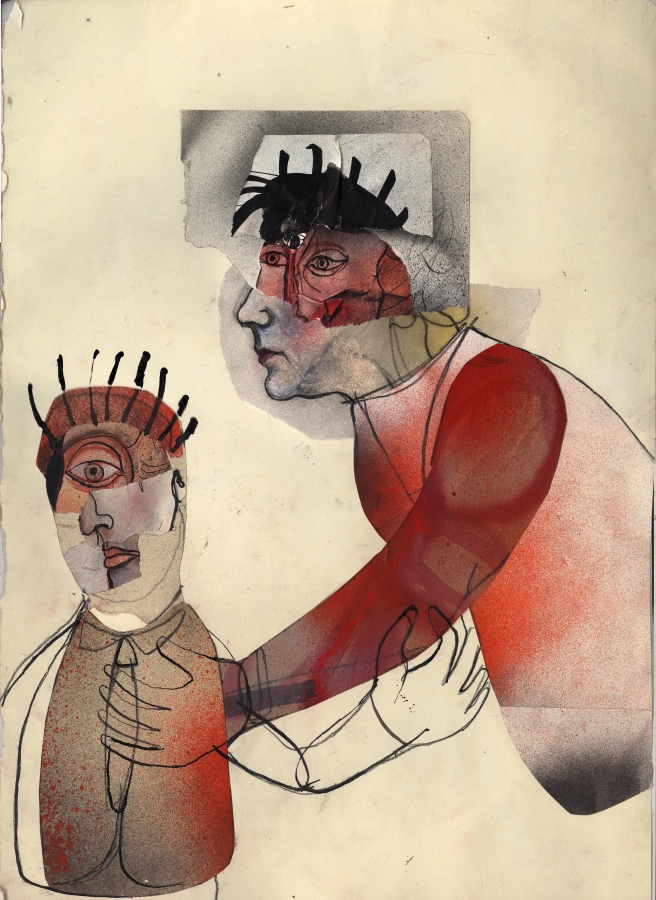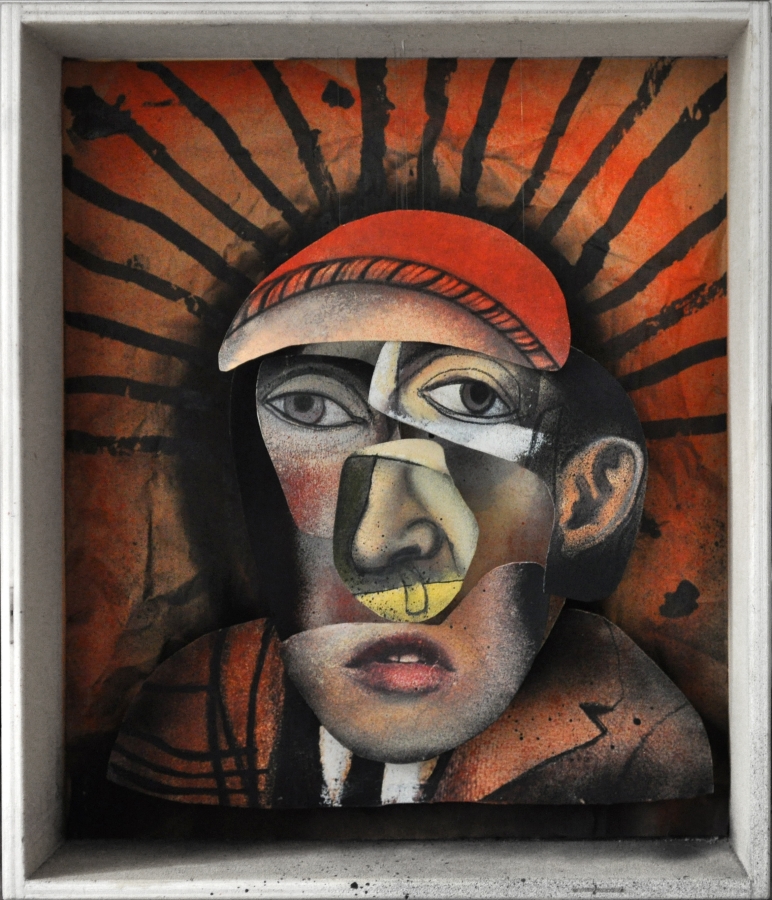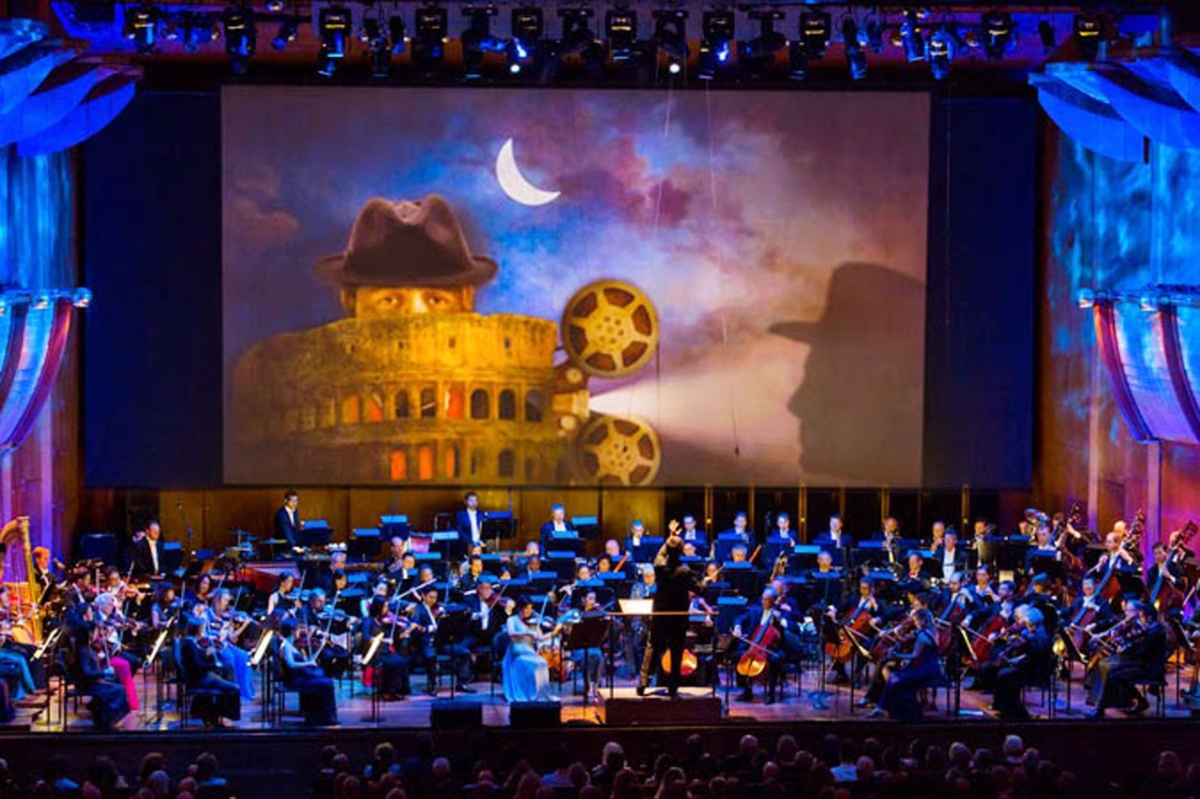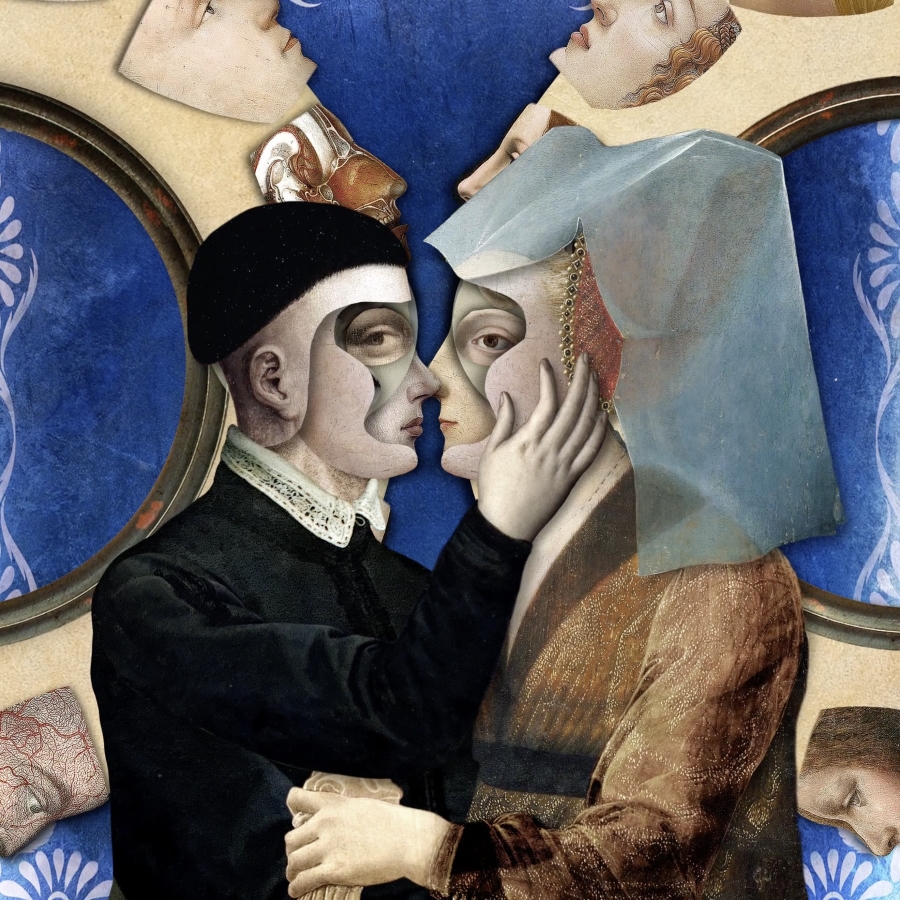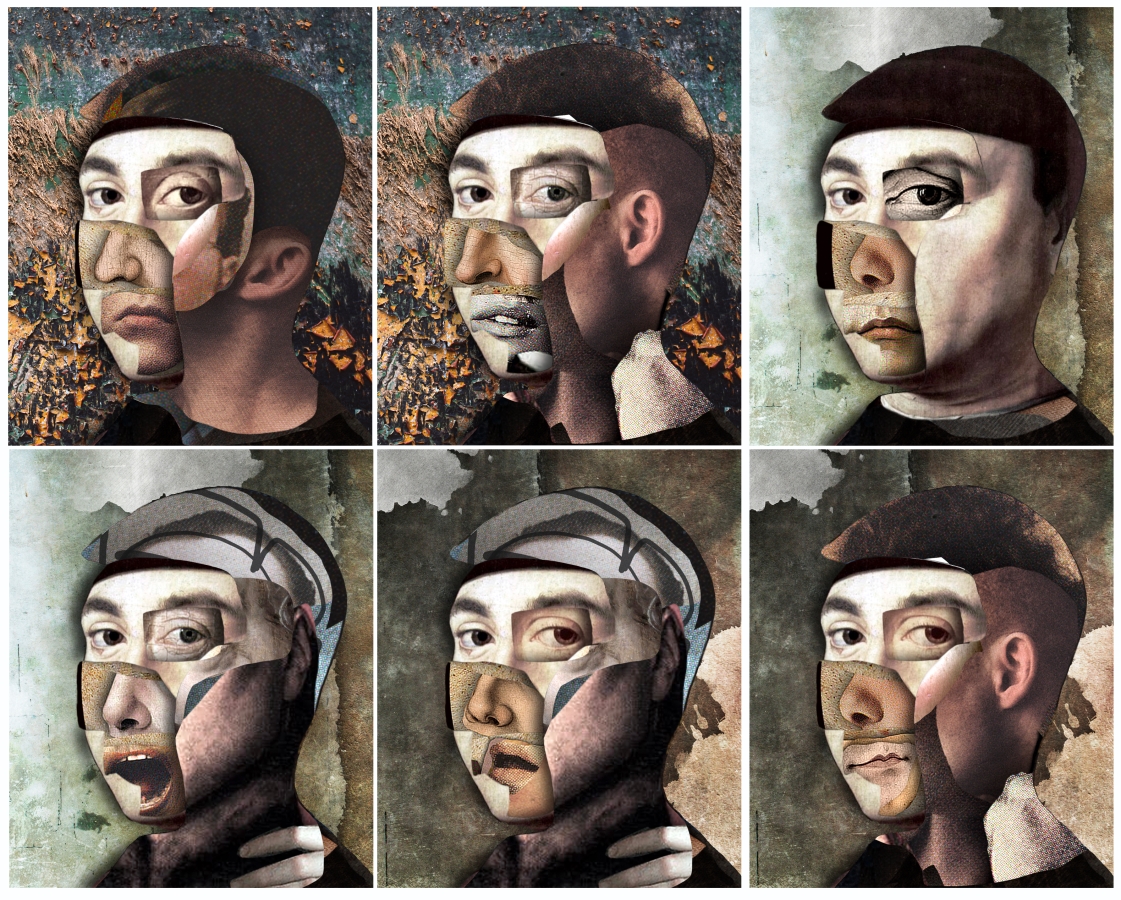
Artist’s Biography
Painter, set designer, and visual artist Giuseppe Ragazzini was born in London in 1978. After earning a degree in Philosophy, he became fascinated by the vision of Henri-Georges Clouzot’s documentary Le Mystère Picasso, and in 2002 began using digital techniques to film the creative process of producing the pictorial image. Dedicated to both painting and pictorial animation, Mr. Ragazzini has developed his own technique for pictorial animation and digital set design, which makes use of huge videoprojections and “mapping.” In his work, the image becomes subject to an incessant transformation from the permanence of its preceding elements—a flux, a digital collage of elements continuously superimposing over themselves. His set designs and projections have been displayed across Europe in theaters including Milan’s Piccolo Teatro Strehler and Venice’s Teatro La Fenice, and he has also produced videos and set designs for musicians such as Avion Travel, Paolo Conte, Vinicio Capossela, Lucio Dalla, Gianna Nannini, and Ornella Vanoni. His animations have been featured in several of the main international animation festivals, including International Trickfilm Festival of Stuttgart, Anima Mundi, International Animation Festival of Brazil, Ottawa International Animation Festival (OIAF), International Festival of Erotic Animation (FIAE), Festival Internazionale at the Palazzo Venezia in Rome, and Visionaria International Festival.
In september 2014 he realized the video set design for the opening gala of the New York Philharmonic Orchestra at Lincoln Center.
In July 2015 “La Dolce Vita, the music of Italian cinema” was put on stage at the 58 Spoleto Festival.
Ragazzini’s paintings and illustrations have been displayed in international exhibitions, collections, galleries, books, and periodicals, and he collaborates with the newspapers La Repubblica and Le Monde. Giuseppe Ragazzini is the son of the Italian photographer Enzo Ragazzini. He lives and works in Milan.
Bio source https://www.giusepperagazzini.it/about/
Interview with Giuseppe Ragazzini
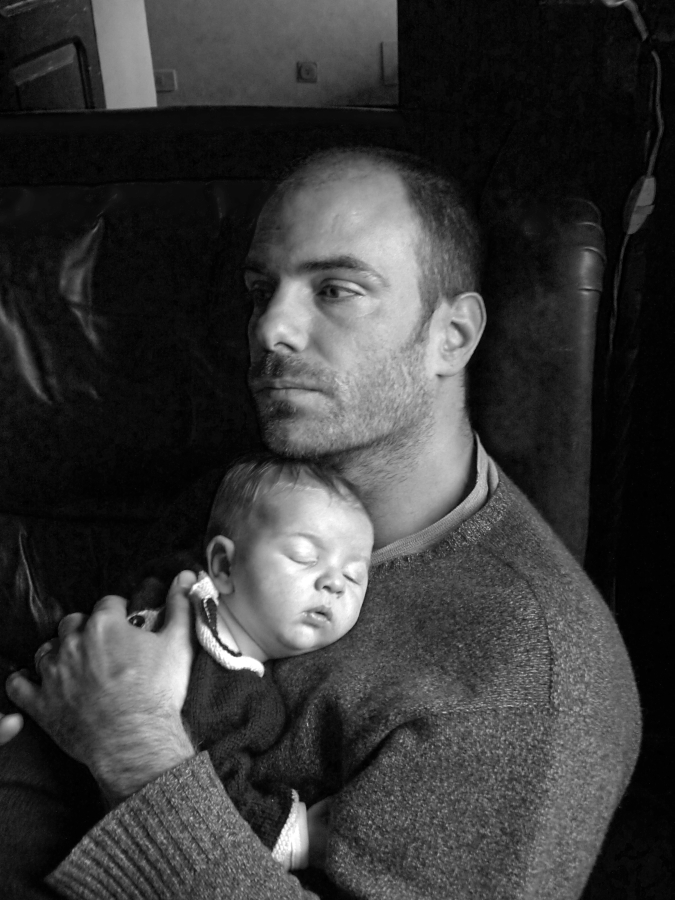
Tell us about your early life? What is your strongest childhood memory?
I spent a peaceful and highly creative childhood, both my parents being artists, my father being the photographer Enzo Ragazzini, a great experimenter in photographic darkroom techniques. With him I shared unforgettable moments in his Roman studio, playing with his darkroom enlargers, assembling grotesque collages with his photo magazines, or building strange machines and wooden fetishes with his thousands of carpenter tools. His taste and love of form and painting (as well as photography) also permeated my childhood, but always in a playful way.
Do you remember the moment when you realized that you wanted to fully dedicate yourself to being an artist?
From an early age, I had a passion for drawing: I would draw portraits of anyone who came into the house. Between the ages of 13 and 18, however, I stopped drawing altogether, perhaps because many of my parents’ artist friends claimed that I was very talented, and therefore I began to feel a kind of pressure. It was precisely when I moved to Florence to attend Philosophy that I naturally began to cultivate my art again, keeping a small diary, in which I divided my time between my personal pseudo-existential reflections, philosophical quotations, and even trivial episodes of my daily life. This was always accompanied by an illustration or collage.
I am sure that it was the study of Philosophy that somehow led me to rediscover drawing, this time with the knowledge that I wanted to make it a profession, that I wanted it to be my life. After a while I also began to paint with oil and sell my first works in an art gallery near my home.
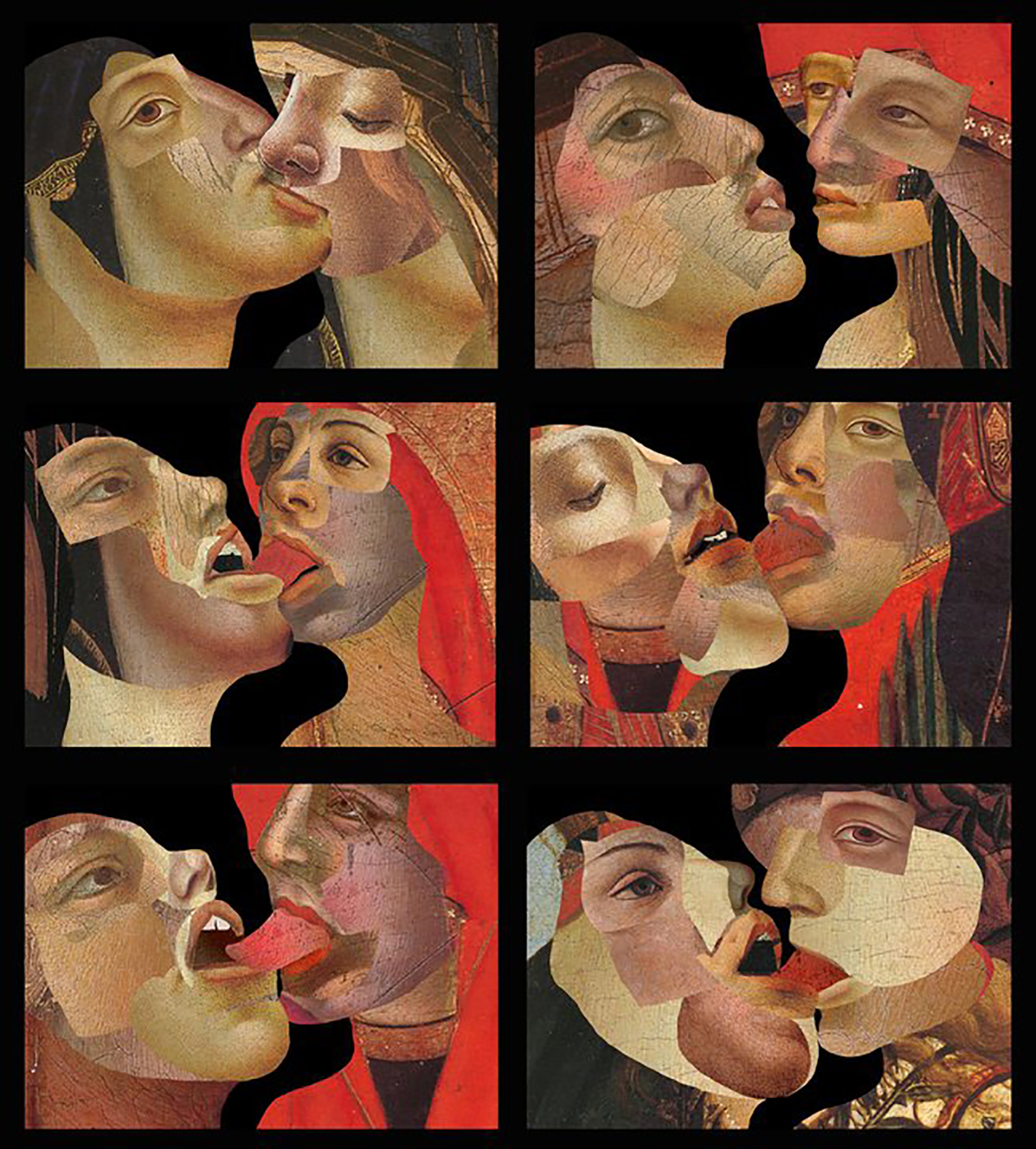
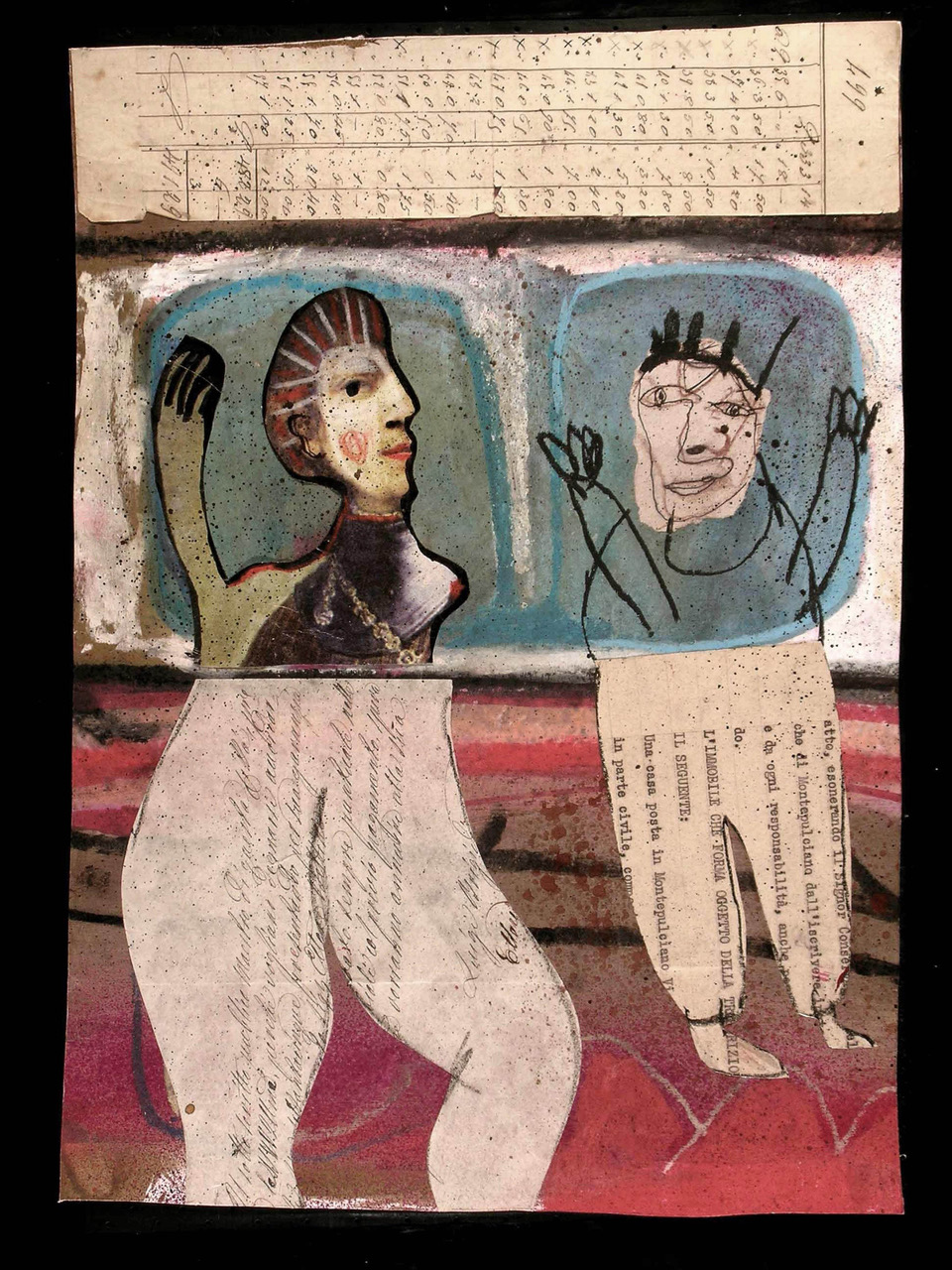
Painter, set designer, and visual artist. What does it take to develop your pictorial animation, and unique style? How would you describe the evolution of your work?
My work evolves through a constant experimentation with different techniques and languages. Experimentation is a working method for me. When I start working, things mysteriously “happen,” and in these happenings there is a lot to do with chance and error: the attempt to integrate, correct and reabsorb a mistake by giving it instead the character of necessity.
I think my creativity, in its freest form, goes through chance and the paradoxical attempt to control it. As for my animation techniques, I use both frame-by-frame pictorial animation and interpolated animation; lately I have also begun to integrate pieces of reality into my pictorial animations. Metamorphosis, on the other hand, is another pictorial technique that I use often and is, in a way, also “animation.” It involves capturing the painting process as it develops, using a camera or simply recording the computer screen or iPad, what some would call “Speed Painting.” In reality, it is nothing more than my way of painting a real canvas immortalized on video, through the steps and formal transformations that characterize the birth of a work. I also used this technique to tell stories or to create live sets (in this case obviously based on a storyboard) that interacted with words, actors, or music.
Can you tell us a bit more about the process of making your work?
Chance (and error) are fundamental elements in my work. Most of my works are the result of a random process of metamorphosis in which forms are incessantly transformed, in search of a more “authentic” formal result than the one I could reach through the traditional illustrative process.
Over the years I have also begun to use digital processes to immortalize this process. It is a continuous improvisation (like the one of a jazz musician). It’s the only way I can find what I’m looking for, a formal “purity” that I can’t find in other ways. In the case of my mechanical gear series, on the other hand, besides the love of randomness and combinatorial aspects, there is also a deeply ‘rational’ and scientific aspect, which is generally not present (or perhaps less evident) in my analog works or metamorphoses. The gears, in their ‘mechanical’ aspect, must be somehow perfect, and their individual parts must fit together without any margin for error. It is a strange mixture of randomness and rationality.
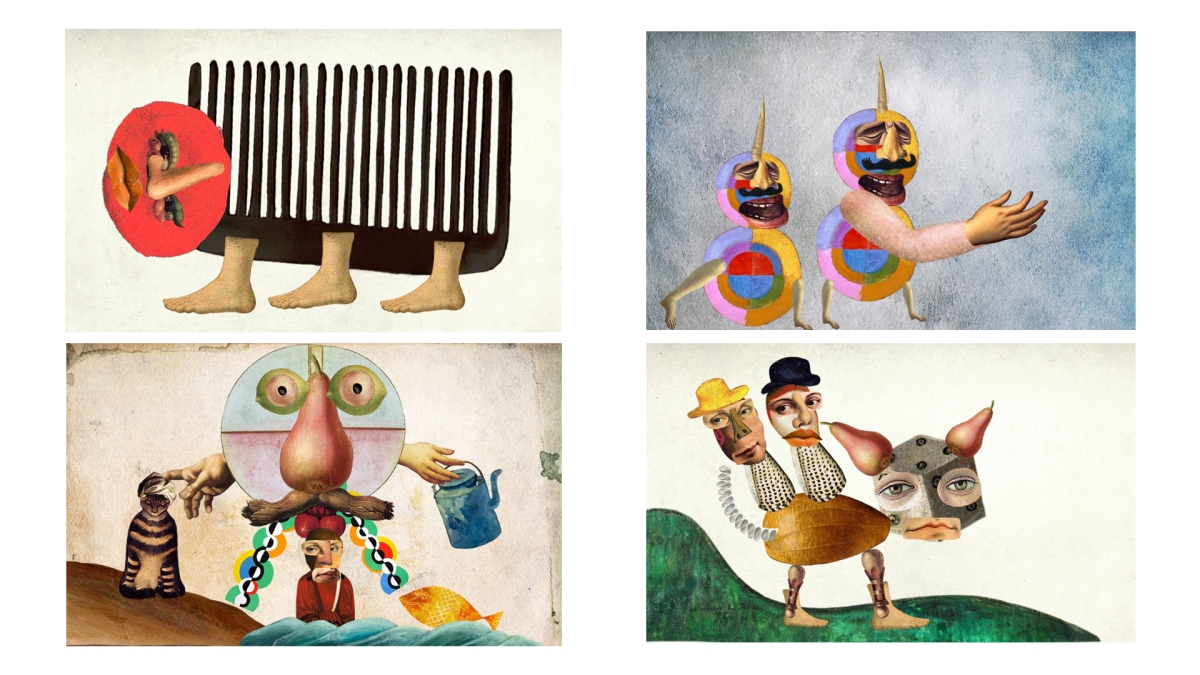
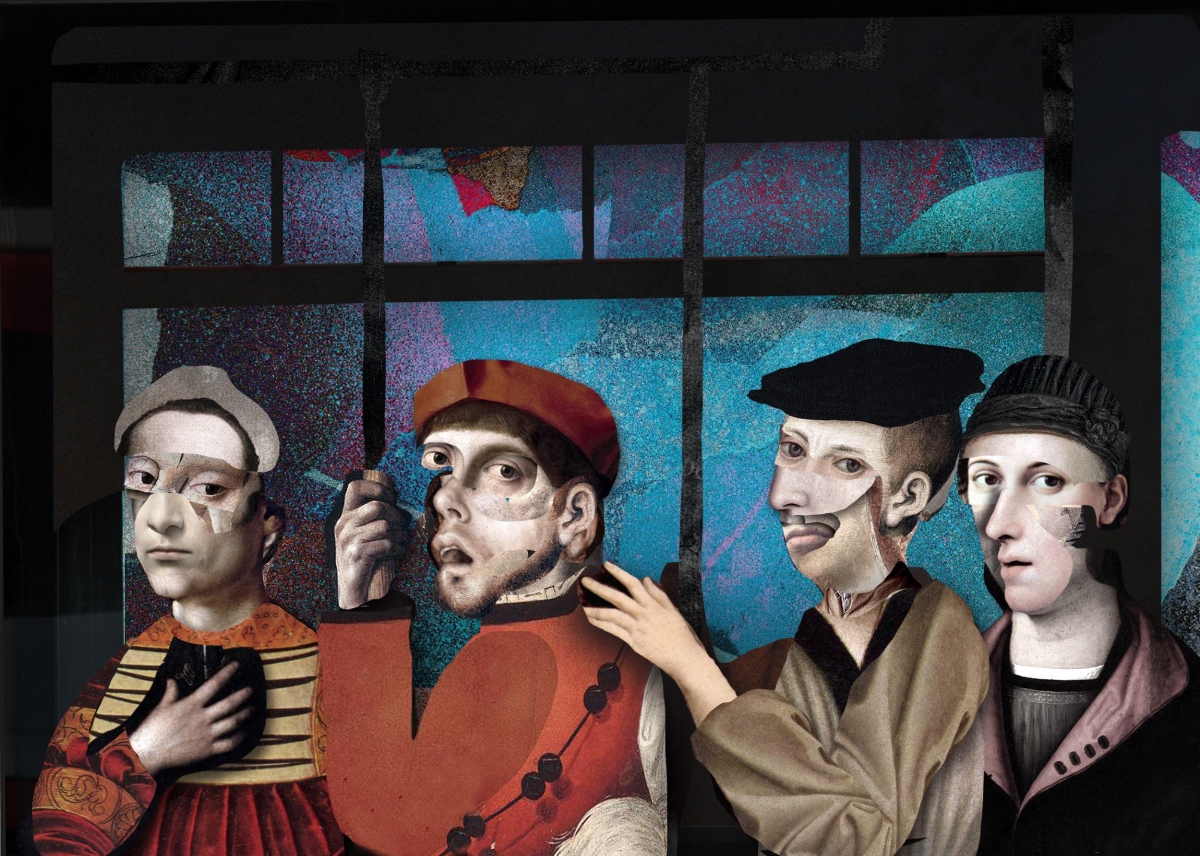
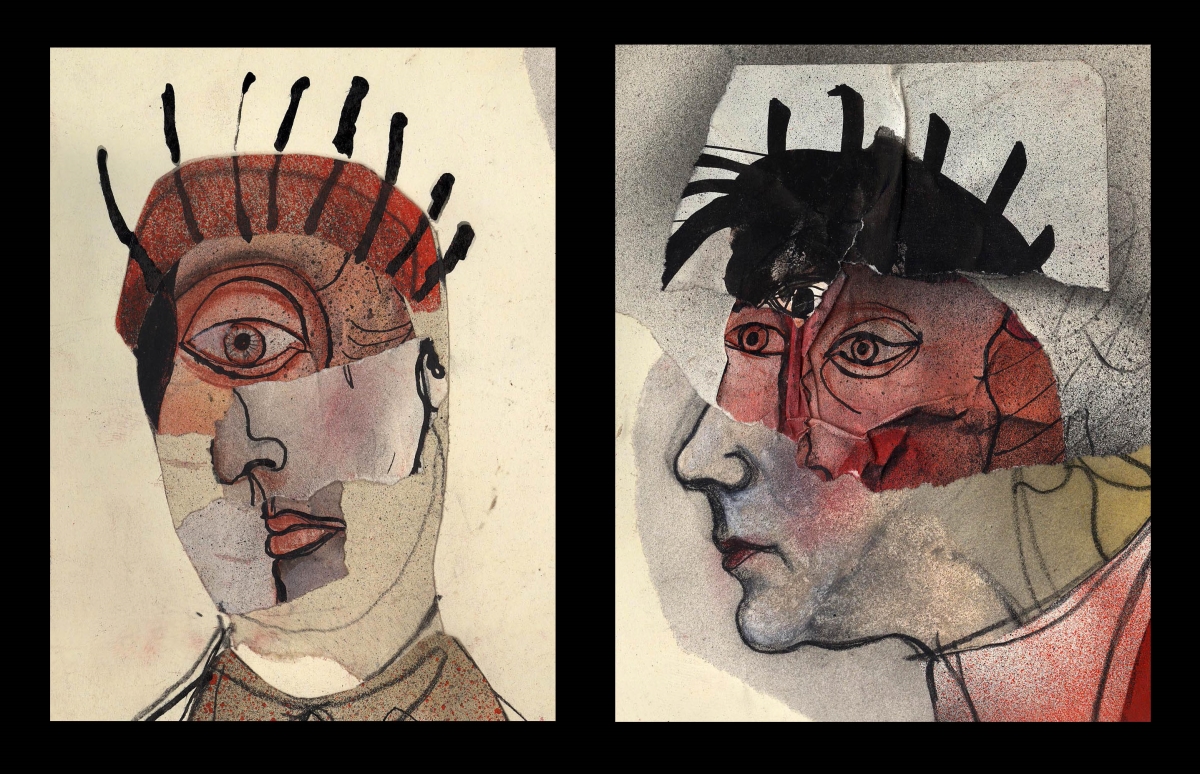
What inspires you artistically? What artists do you admire?
My favorite artists are Picasso, Bacon, Dubuffet, Basquiat and Hockney. My absolute favorite is Francis Bacon, with his obsession with randomness and his search for pure, instinctive form.
What do you think is especially important to create a good artwork?
I think it is crucial to forget about wanting to create a beautiful work. In the book, Zen in the Art of Archery, the master tells the student: “True art is without purpose, without intention. The more you persist in wanting to learn how to set off the arrow in order to surely hit the target, the less you will succeed.” You must let your instincts take you and try to “guide the case” in the best possible direction.
What things are essential for you in your atelier?
It depends on what I’m working on, if it’s digital or analog…But basically when I work what I need today is peace of mind. The idea of not having deadlines. And then a good internet connection and some jazz in the background.
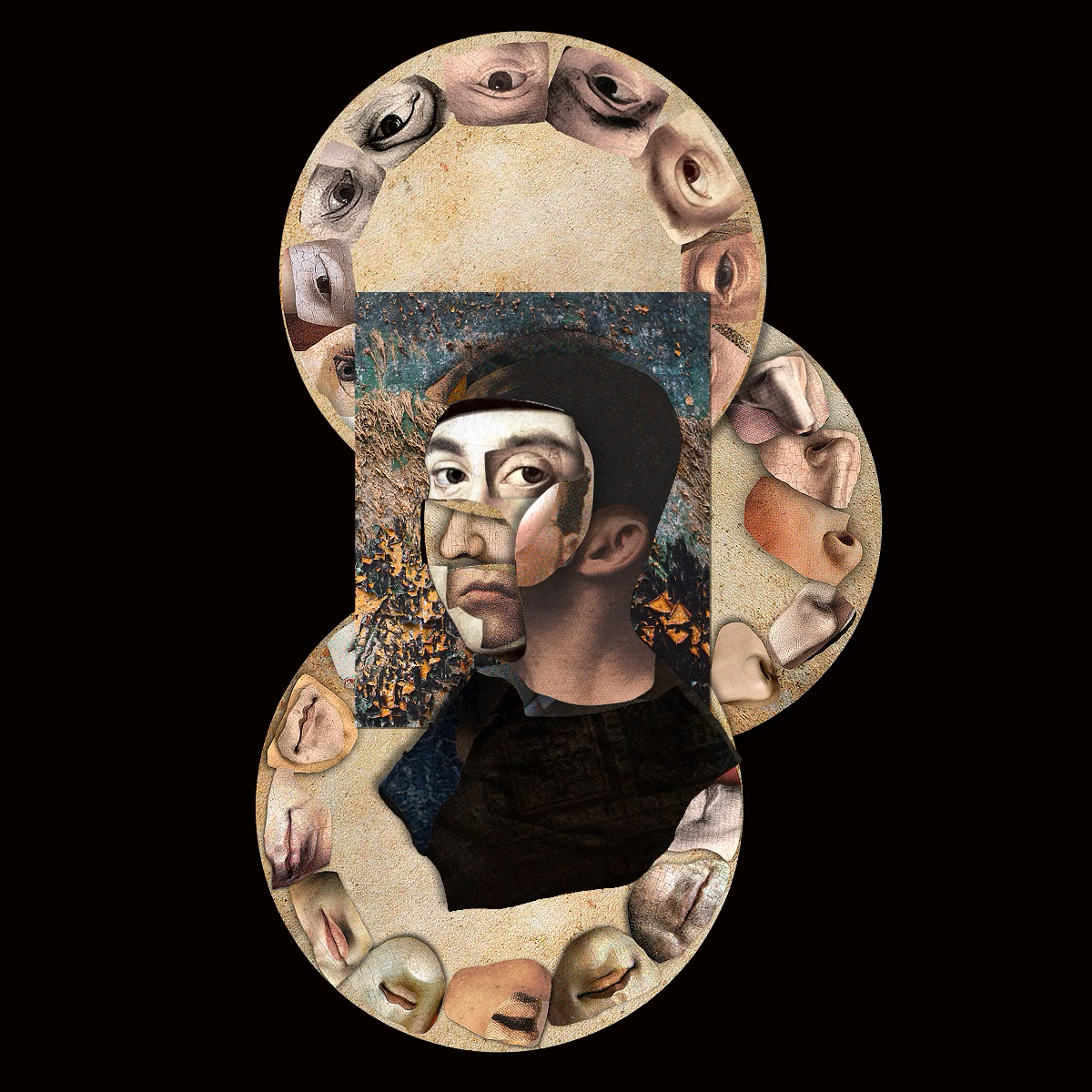
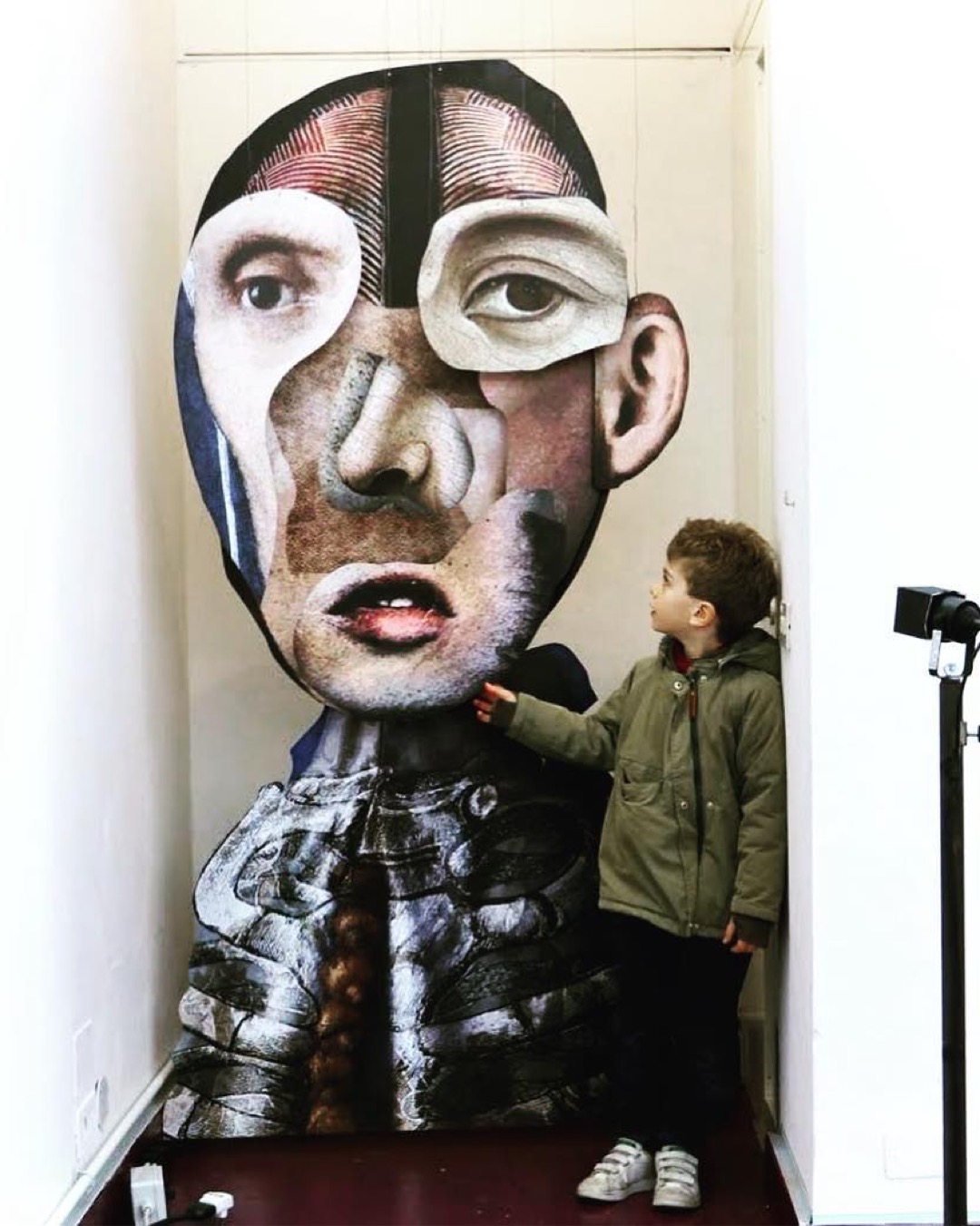
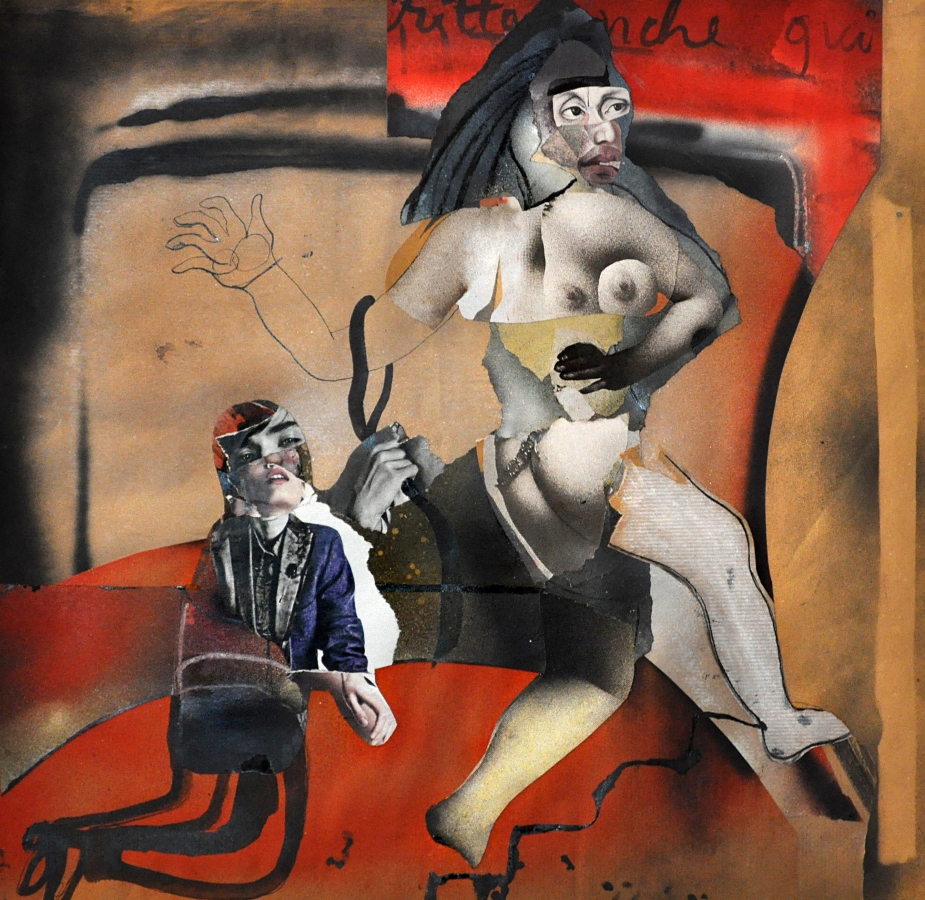
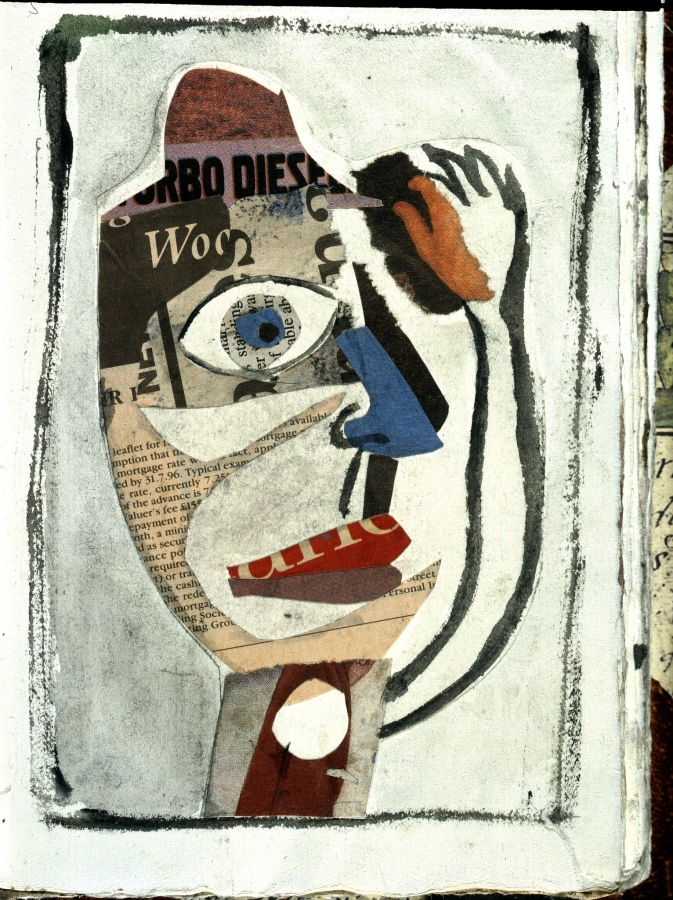
Which of your pieces has given you the most satisfaction?
There are many of my works that I am attached to and that have given me a lot of satisfaction: most of the paintings done on canvas (also because I haven’t painted on canvas for many years) and some of my experiments in collage animation and interactive animation.
What are you doing when you’re not creating? What (other) hobbies do you have?
I really enjoy playing the piano. I played in many small bands when I was young, and music gave me a great deal of happiness. Unfortunately, I didn’t have enough talent. Another great passion of mine is the sea, I love spearfishing.
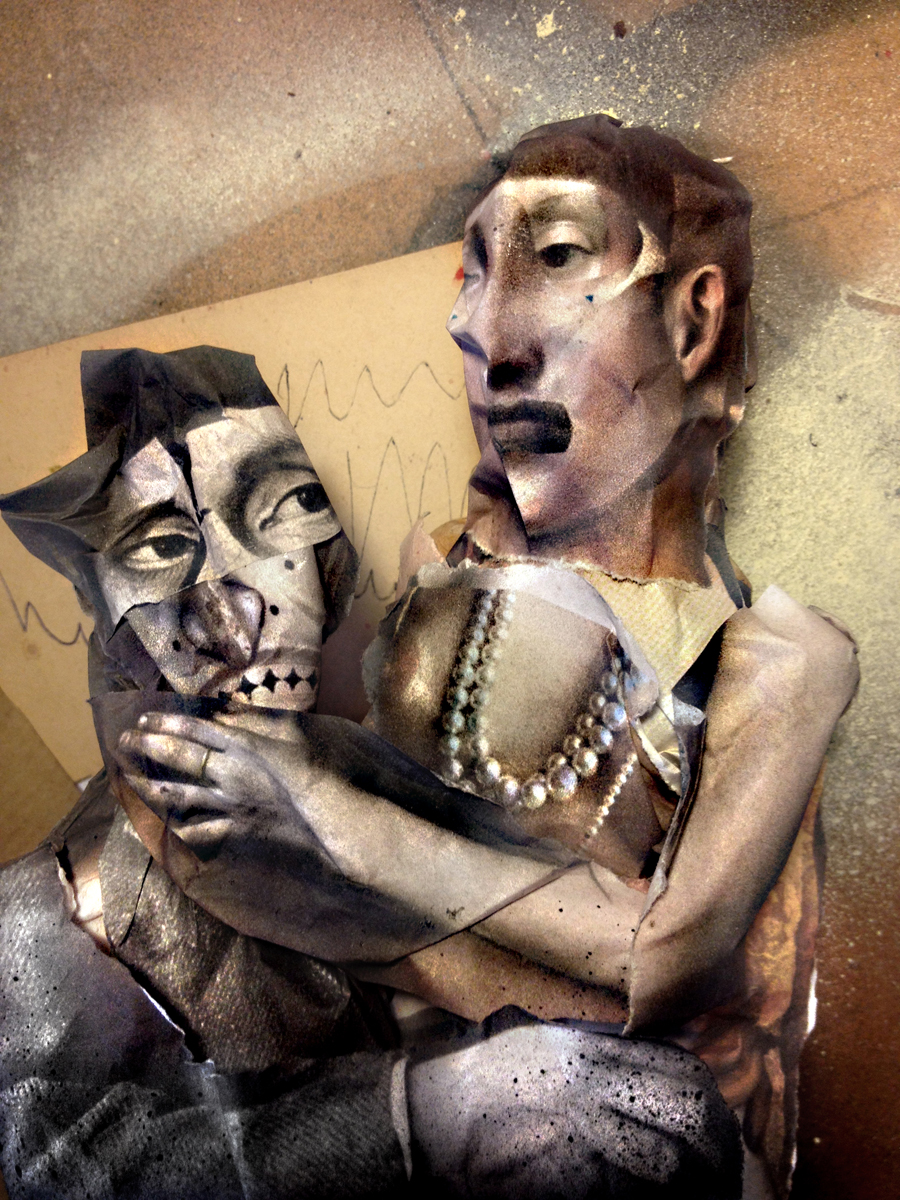
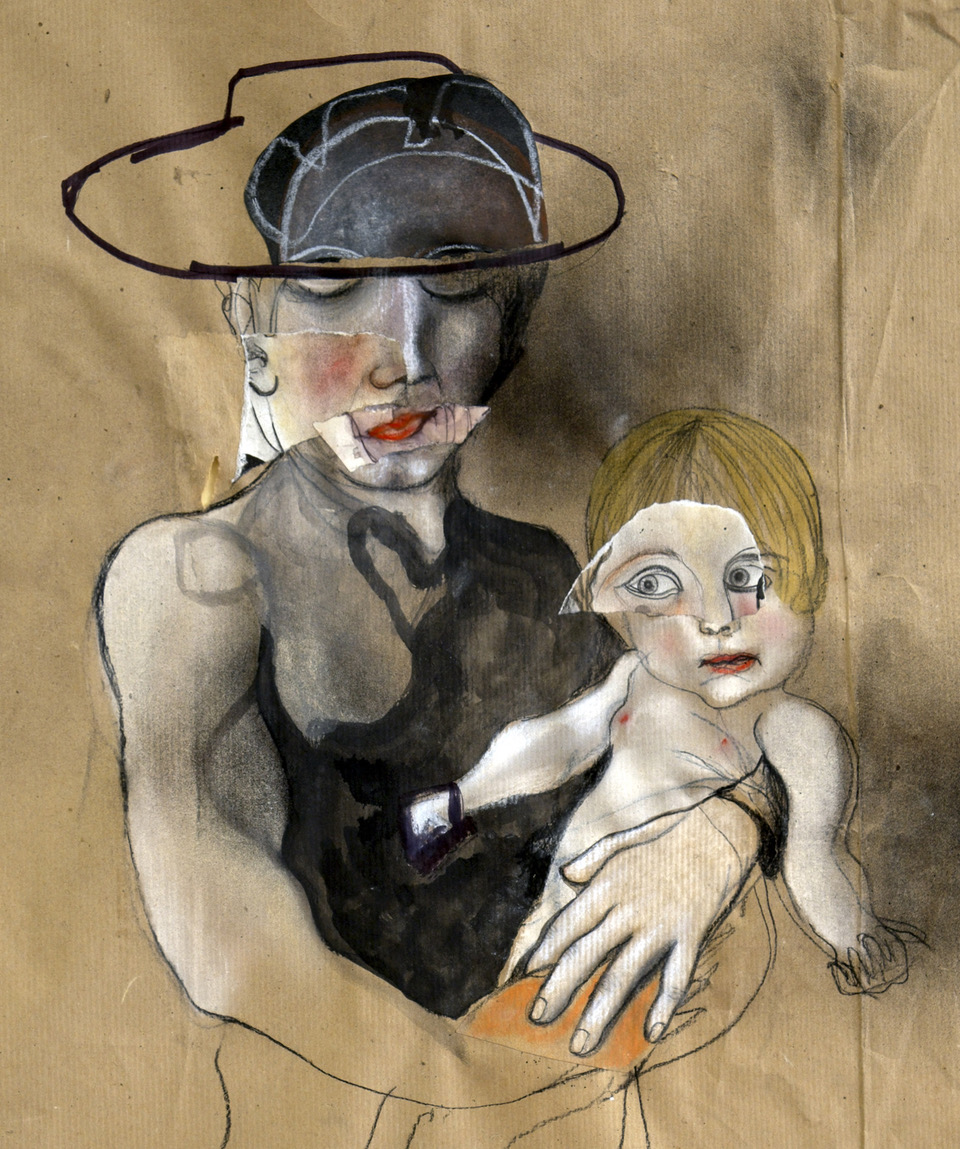
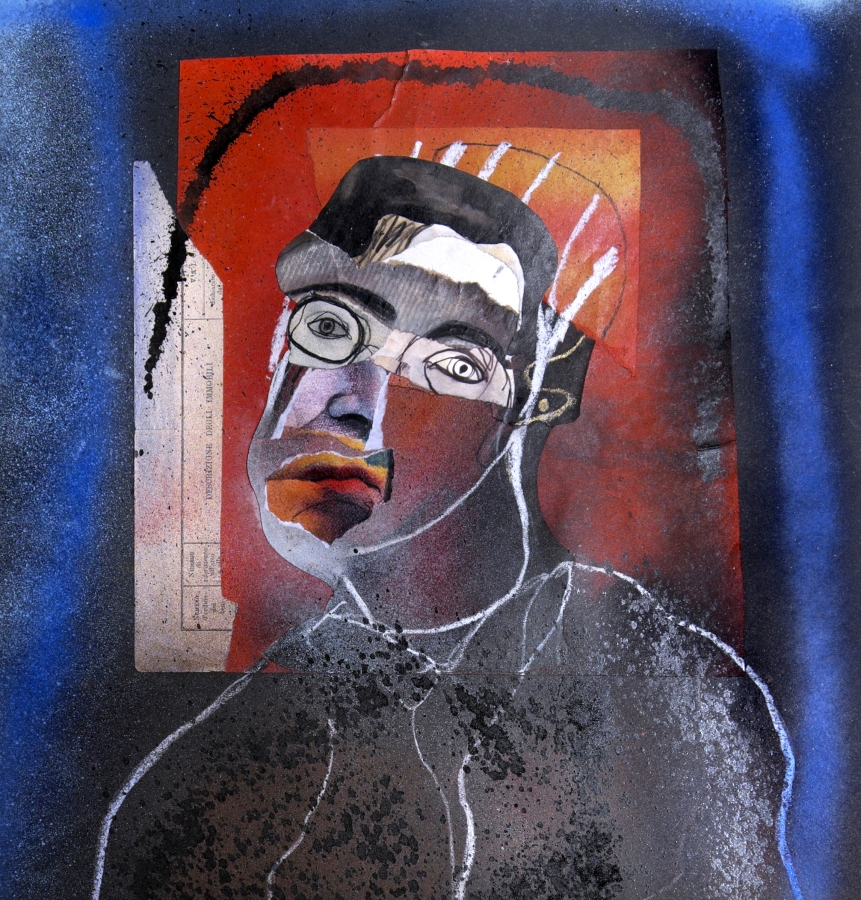
What artistic project would you like to accomplish in the next few years?
I recently launched my app Mixerpiece, which has won many international awards and now I really would like to develop a new app to create millions of illustrated fairy tales for children with my style using a combinatorial algorithm. Mixerpiece is one of the recent projects of which I am most proud. It is not only an app for children, but in its simplicity, it is a very powerful creative tool for artists and illustrators. It is a kind of digital magnetic board with a series of elements, collected in categories, that you can combine to create new collages with endless and very surprising creative possibilities. The distinctive feature is that all these elements are extrapolated from famous masterpieces of art from all centuries (however artists in the public domain, from the 1200s to the 1900s).
Another project I am still working on is my virtual exhibition in the metaverse, which will open in the next few days during the PerformIA Festival in Florence (a Festival dedicated to art and AI). It was created by the historic agency Wunderman Thompson thanks to the crucial contribution of Polaris Engineering, an agency that develops Artificial Intelligences for companies, and with which I also created an AI that can autonomously produce collages by breaking down the human face and reassembling it in an artistic way.
I also would love to go back to painting, but now is not the time yet!
What is your favorite quote?
“Every child is an artist. The problem is how to remain an artist once he grows up.” ~ Pablo Picasso
Editor: Lisa Portscher
https://www.instagram.com/lisaportscher/

